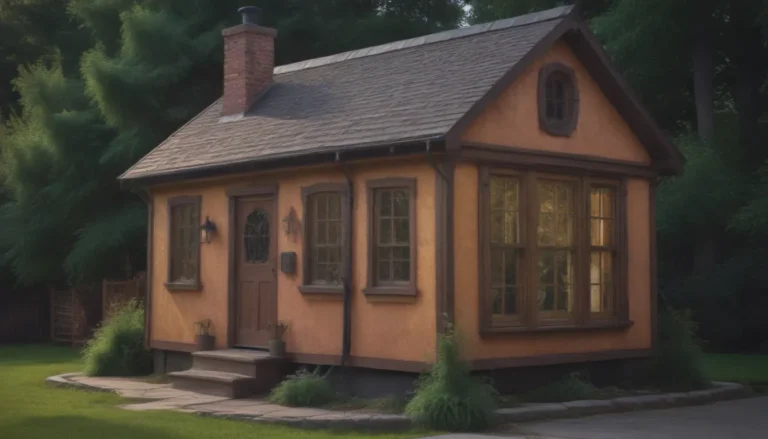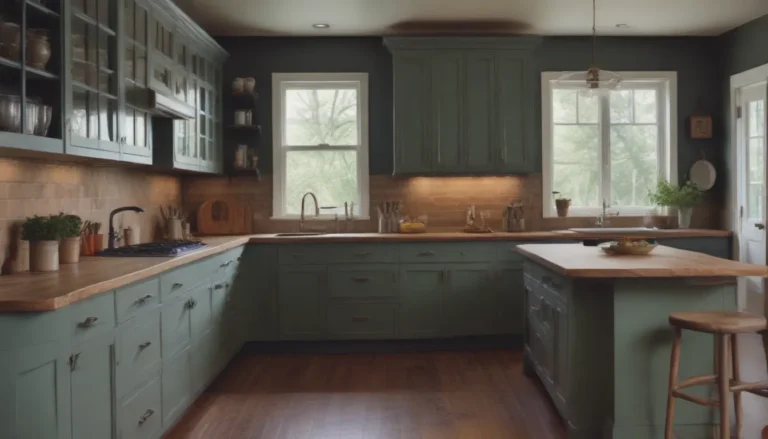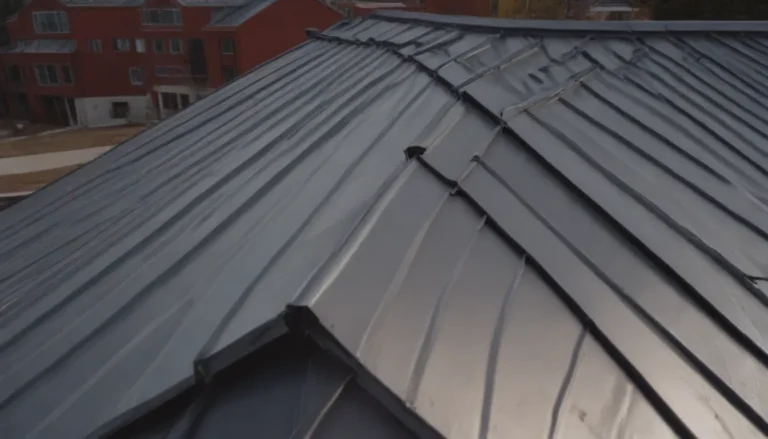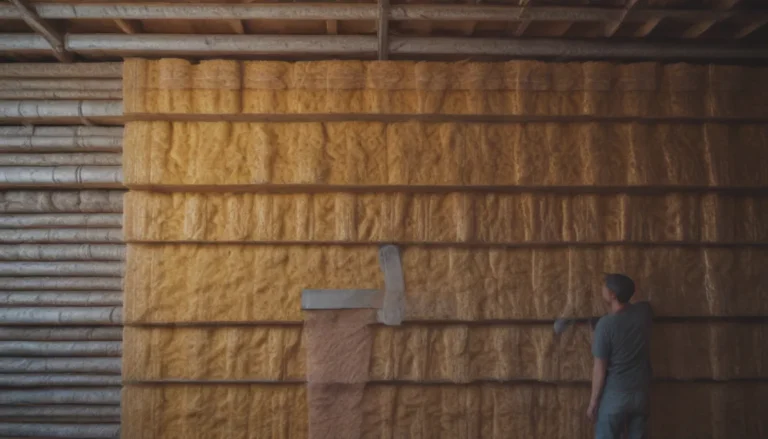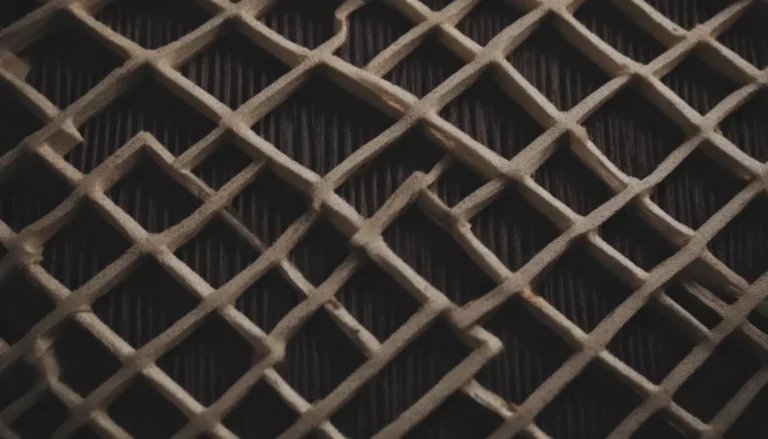The Best and Worst Flooring Choices for Wet Areas
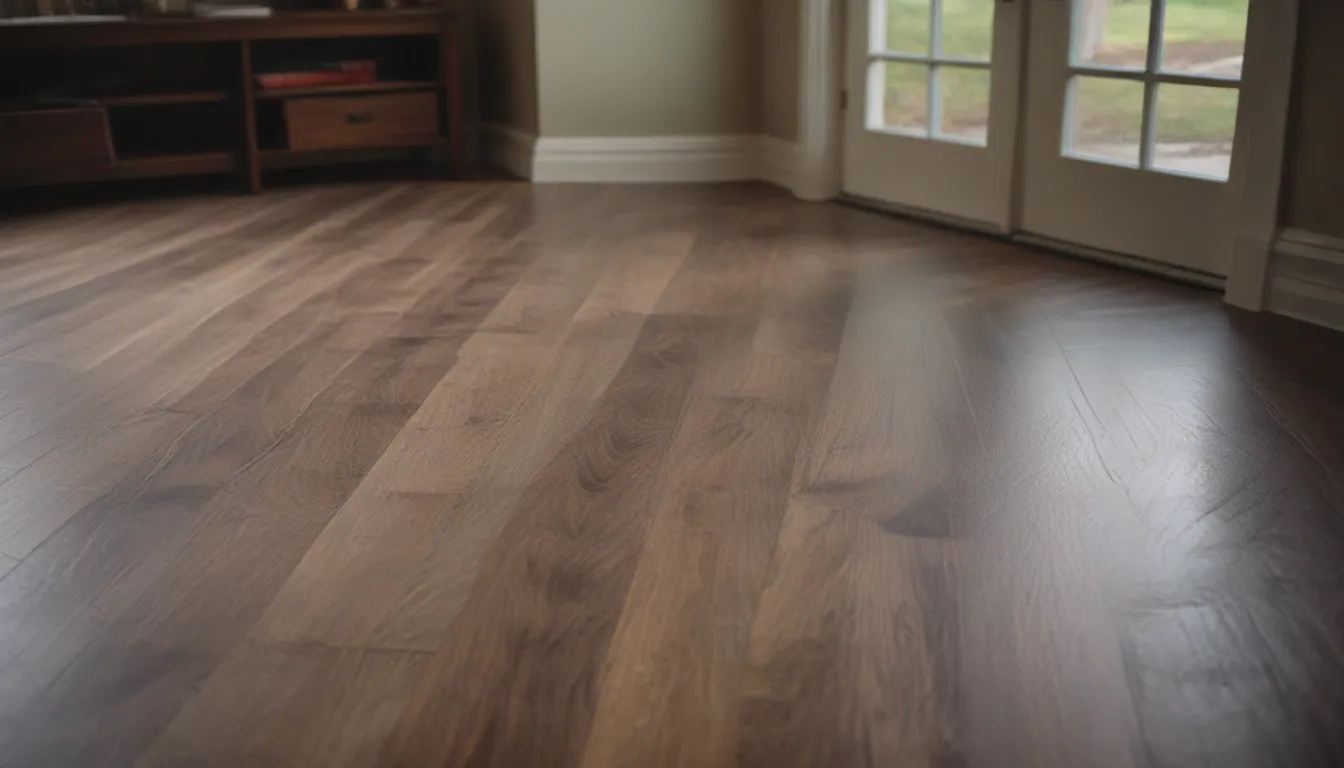
When it comes to choosing flooring for areas of your home that are damp, moist, or outright wet, it’s essential to consider materials that can withstand these conditions. Moisture can wreak havoc on traditional flooring materials, leading to mold, rot, and general deterioration. Understanding the difference between organic and inorganic materials is crucial when selecting the best flooring option for wet areas.
Organic vs. Inorganic Materials
In the world of flooring, organic materials are those that are carbon-based and once living, such as solid hardwood, engineered wood, and bamboo. These materials are more susceptible to moisture damage as they quickly decompose when exposed to water, making them a poor choice for wet areas. On the other hand, inorganic materials, like synthetic plastics, are much more resistant to moisture and tend to hold up better in damp conditions.
While some flooring materials may contain a mix of organic and inorganic components, the overall ratio of these materials will impact their ability to handle moisture. For example, plastic laminate flooring has a synthetic surface that is 100% inorganic, but the base layer is often made from wood fibers, making it less suitable for damp locations. Bamboo, despite being an organic material, can withstand moisture better than laminate flooring due to the synthetic resins and glues used in its production.
One notable exception to the organic vs. inorganic rule is carpeting. Although most carpets are made from synthetic materials and are fully inorganic, they are not suitable for wet areas as they trap and hold moisture, creating an environment ripe for mold and bacteria growth.
Good Flooring Coverings for Damp/Wet Locations
When it comes to wet areas in your home, certain flooring materials stand out for their ability to resist moisture and withstand the challenges of damp environments. These materials are 100% waterproof and can be confidently used in areas like kitchens, full family bathrooms, and basements:
- Porcelain tile
- Ceramic tile
- Sheet vinyl
- Luxury vinyl flooring (LVF) planks
- Vinyl tile
- Concrete
These flooring options provide excellent protection against moisture and are ideal for areas prone to water exposure.
Acceptable Flooring Coverings for Damp Locations
If you’re looking for flooring options that can handle damp conditions but may not be fully waterproof, consider the following materials. While not 100% waterproof, the top surface of these flooring coverings is water-resistant, allowing them to withstand short periods of water exposure:
- Engineered wood
- Laminate flooring
- Linoleum sheets or tiles
- Bamboo flooring
These materials are suitable for areas where moisture is a concern, but prolonged exposure to water should still be avoided.
Poor Flooring Coverings for Damp or Wet Locations
In wet areas of your home, certain flooring materials should be avoided altogether due to their inability to withstand moisture. Installing these materials in damp environments may lead to costly damage and potential health hazards:
- Solid hardwood (site-finished)
- Solid hardwood (pre-finished)
- Carpeting
These flooring options are not recommended for wet areas and should only be used in dry, controlled environments to prevent damage and deterioration.
By choosing the right flooring materials for wet areas of your home, you can ensure longevity, durability, and peace of mind in the face of moisture challenges. When in doubt, opt for materials that are waterproof or highly resistant to water to protect your floors and maintain a healthy indoor environment. Remember, prevention is key when it comes to moisture-related issues in your home.
